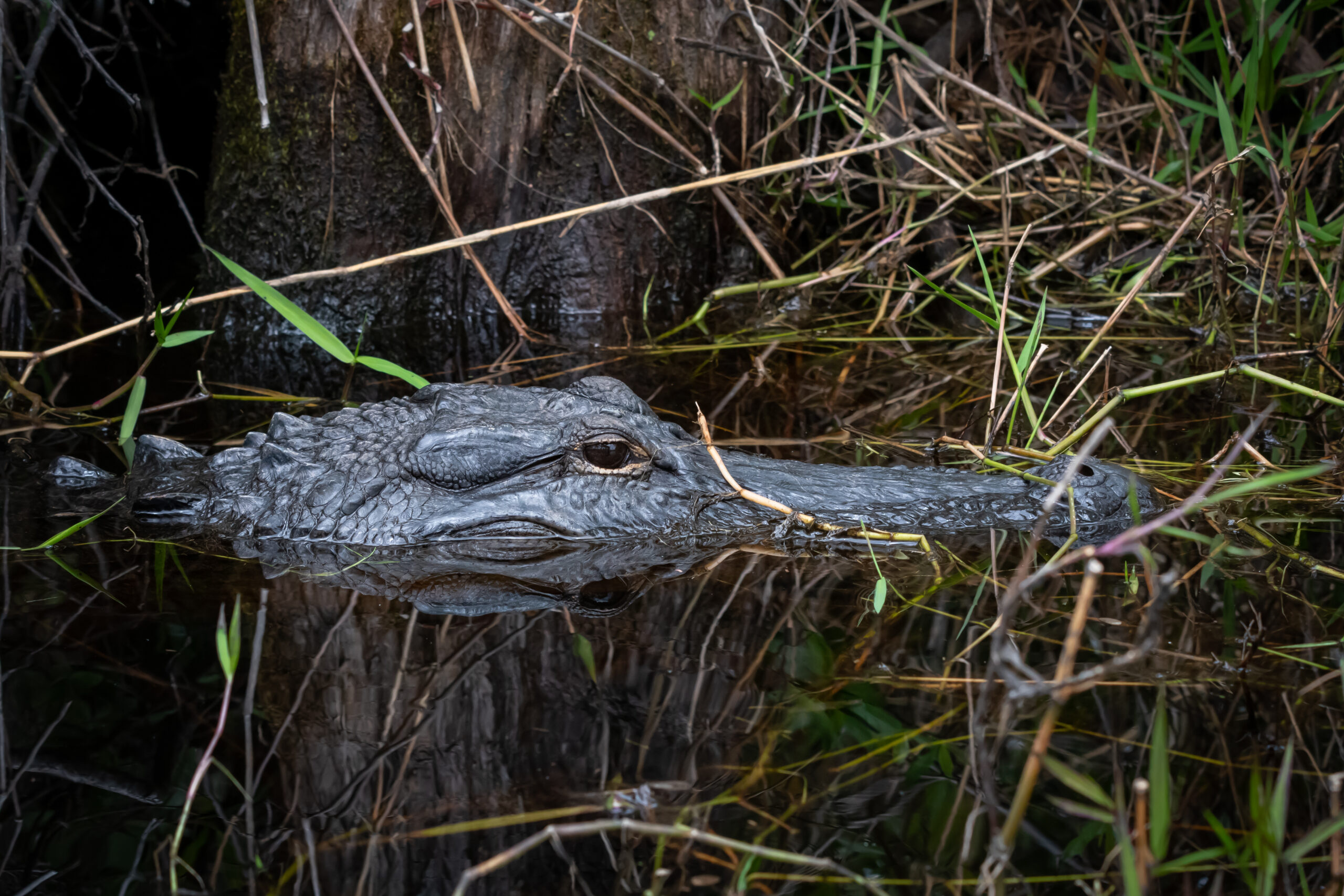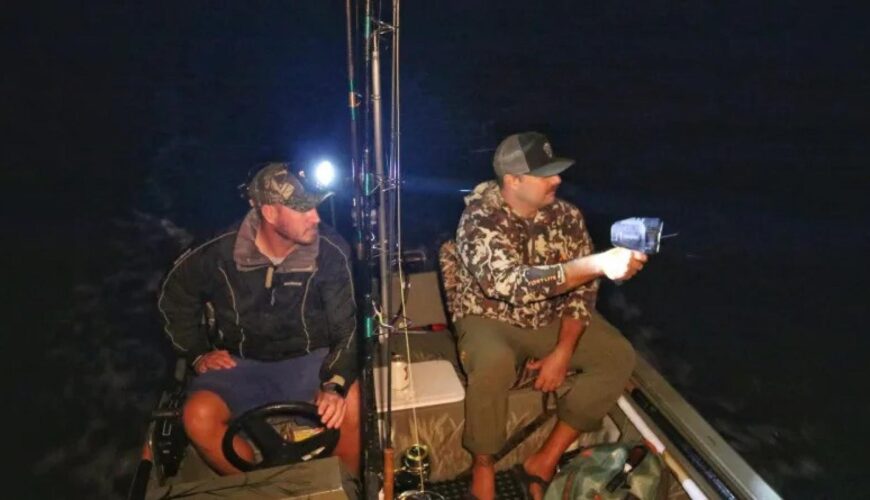Places
Hunting Adventure: For the Love of Danger
December 1, 2025 •Doug Howlett
July 7, 2023
Last year was my first attempt at alligator hunting here in Florida. I moved here 5 years ago and had wished to draw a tag and hunt this iconic reptile since I first stepped on the Florida sand. I had saw a couple of episodes of Swamp People and had heard stories of folks harvesting alligators in different parts of the US, but I had never had the opportunity to harvest them myself. I will say this, I had no idea what a fun, unique adventure I was in for when I drew the tag and set out to bag a gator.

The Florida Fish and Wildlife Conservation Commission (FWC) opens up the Limited Entry Hunt Applications on 07 May-17 May for the first phase of drawings. If you are interested in applying then I recommend starting with an application for the first period and follow closely to continue to apply until you draw.
After drawing my tag in the second period, I began my research on the zone I received. I ended up with a county wide tag for St. Johns County which was literally almost the opposite end of the state from where I lived in Key West. I hit the harvest reports, Facebook groups, hunting forums, and electronic map applications to conduct all the e-scouting I could get in. Luckily, on one Facebook group, I was able to meet my buddy Wade who had a boat near the St Johns River and was willing to take a noob out hunting. It was at this time that I also met our current Field Staff Writer Adam Steele who was willing to loan me the gear needed to harvest an alligator legally in Florida.
Hunting with a recreational tag in Florida you can only harvest the alligator using the following methods which are listed on the FWC website:
All points used in any of the above methods of take must be attached to a restraining line and should be capable of fully penetrating an alligator’s thick hide and won’t come out when you pull back against the alligator. Explosive or drug-injecting tips are not allowed.
What a list right!? I had no idea where to start. Luckily both Adam and Wade were very helpful and patient as they explained the process to me. Our plan was to use a combination of baited wooden pegs with fermented beef lungs, a fishing pole with a weighted treble hook, a harpoon, and a bang stick. There are limited times you can hunt during the day so we would spend morning, evenings, and nights hunting mostly with a spotlight. We never really saw many during the day due to cooler temps and constant rain so we stuck to mostly night hunting. I will say that Wade had his technique down.
We would scan the areas with the spotlight from a great distance until we spotted glowing eyes. The further apart the eyes were indicated the larger the alligator. Once we spotted the eyes, we would kill the lights, shut off the engine, turn on a red light, and slowly creep up using the electric trolling motor. The night was silent except for the blowing wind and the sound of the whirling trolling motor. The silence was eerie as we slowly cruised through the dark water, wondering what aquatic creature lurked below the surface. Wade and I would stage ourselves on the bow of the boat. I held the 12 foot long harpoon at the ready while Wade drove, used the red spotlight, and held a fishing rod with a weighted treble hook. This process was repeated until we got close enough to cast or lunge at an alligator.
The most memorable of these approaches came in our last night of the trip. As we cruised along Will spotted a set of eyes off in the distance. Following our normal procedures, we went darkened ship and energized the red light. We quickly and quietly assembled on the bow of the boat. We decided to take a quicker approach than normal. As we neared the grassy shore the alligator seemed to have disappeared. It’s possible that the alligator sunk to the bottom to wait us out. While we moved I had kept my eyes locked on the exact position of where the alligator was seen.
I pictured the alligator in my mind just below the surface looking up at our watery figures, you know, like one of those upward underwater shots you see in films. As the boat came to rest on the grassy we began searching to the eyes of the alligator in the water around us. We were looking to see if it had swam away in the last moments of our approach. It was in this exact moment that I made the biggest mistake of the night.
Remember that I had visually marked where the alligator was last seen. In my mind I had the perfect plan. I would just take the tip of the harpoon and gently feel around the river bottom and see if the alligator was there. I honestly don’t know what I was thinking. As soon as the pointy tip of the harpoon touched the alligator it thrashed violently and made such a ruckus that all of us in the boat shuttered. The depth below the boat was about 6 inches, but this medium sized alligator managed to roll and thrash itself under the boat and out the other side. Scanning with our lights, we tried to locate the alligator on the other side of the boat.
It was not until I reviewed video footage from our Adventures for Food Episode that I noticed you can actually see the alligator swim away. Wade asked me just after that startling moment what had happened. My response, “I was checking to see if the alligator was there.” He shook his head in disbelief and told me “If you are going to poke them, then you have to POKE them.” I learned a very valuable lesson that day about poking alligators.
We spent the next 2 hours chasing this alligator around the rive trying to get a snag line on it. I won’t tell you if we caught it or not, but we had a blast. You will have to watch our next Adventures for Food short film where we share the whole adventure. In the meantime, go apply for an alligator permit and get out on a new swamp adventure!
